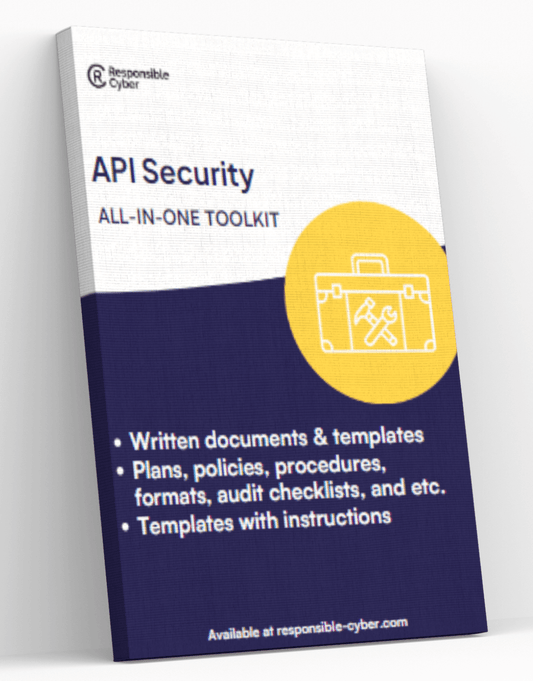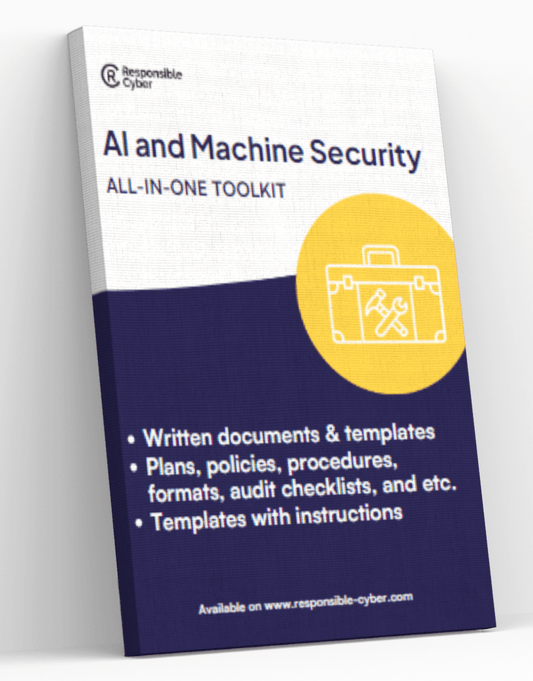Securing Operational Technology: Best Practices for Protecting Critical Infrastructure

Operational Technology (OT) systems are the backbone of critical infrastructure, encompassing industries such as manufacturing, energy, transportation, and more. These systems manage and control industrial processes, making them essential for the smooth operation of society. However, OT environments face unique cybersecurity challenges that require specialized strategies to protect them from increasingly sophisticated cyber threats. This guide discusses the unique cybersecurity challenges faced by OT environments and offers best practices for securing these systems to ensure the resilience of critical infrastructure.
Understanding Operational Technology (OT) Cybersecurity Challenges
1. Legacy Systems and Obsolescence
Many OT environments rely on legacy systems that were not designed with modern cybersecurity threats in mind. These systems often run outdated software and hardware that may not support current security measures, making them vulnerable to attacks.
2. Integration with IT Systems
The convergence of IT (Information Technology) and OT networks introduces new vulnerabilities. While IT focuses on data processing and connectivity, OT focuses on physical processes and control. Integrating these systems can expose OT environments to IT-based threats.
3. Real-Time Operations and Availability
OT systems often require real-time operations and high availability. Any disruption can have significant safety, environmental, and financial consequences. Ensuring continuous operation while implementing security measures is a delicate balance.
4. Proprietary Protocols and Technologies
OT environments use a variety of proprietary protocols and technologies, which can lack standardized security features. These proprietary systems may not be compatible with common cybersecurity solutions, making them harder to protect.
5. Lack of Security Awareness and Training
Personnel operating OT systems may not have the same level of cybersecurity awareness as those in IT environments. This gap can lead to human errors that compromise security.
6. Threat Landscape
The threat landscape for OT environments is evolving, with state-sponsored actors and sophisticated cybercriminals increasingly targeting critical infrastructure. Attacks such as ransomware, supply chain attacks, and targeted intrusions pose significant risks.
Best Practices for Securing OT Systems
1. Conduct Comprehensive Risk Assessments
Begin by conducting thorough risk assessments to identify vulnerabilities and potential impacts on OT systems. This involves:
- Asset Inventory: Maintain a detailed inventory of all OT assets, including hardware, software, and network components.
- Threat Modeling: Identify potential threat vectors and assess their likelihood and impact on OT operations.
- Vulnerability Assessment: Perform regular vulnerability assessments to detect and address weaknesses in OT systems.
2. Segregate IT and OT Networks
Implement network segmentation to separate IT and OT environments, reducing the risk of lateral movement by attackers. This includes:
- Firewalls: Deploy firewalls between IT and OT networks to control and monitor traffic.
- DMZ (Demilitarized Zone): Create a DMZ to act as a buffer zone between IT and OT networks, further isolating critical systems.
- VLANs (Virtual Local Area Networks): Use VLANs to segment OT networks internally, limiting access to critical components.
3. Implement Robust Access Controls
Control access to OT systems through stringent access management practices:
- Role-Based Access Control (RBAC): Assign access permissions based on roles and responsibilities, ensuring that users only have access to necessary systems.
- Multi-Factor Authentication (MFA): Require MFA for accessing OT systems, adding an extra layer of security.
- Least Privilege Principle: Apply the least privilege principle, granting users the minimum level of access required for their tasks.
4. Monitor and Respond to Threats
Implement continuous monitoring and incident response capabilities to detect and respond to threats promptly:
- Intrusion Detection Systems (IDS): Deploy IDS to monitor network traffic for suspicious activity and potential intrusions.
- Security Information and Event Management (SIEM): Use SIEM systems to collect, analyze, and correlate security events from OT networks.
- Incident Response Plan: Develop and maintain an incident response plan tailored to OT environments, ensuring a coordinated and efficient response to incidents.
5. Patch and Update Regularly
Regularly patch and update OT systems to address known vulnerabilities and enhance security:
- Patch Management: Establish a patch management process to ensure timely application of security patches and updates.
- Vendor Coordination: Work closely with OT system vendors to receive timely updates and support for legacy systems.
- Testing Environment: Use a testing environment to validate patches before deploying them to production systems, minimizing the risk of disruptions.
6. Enhance Physical Security
OT systems are often located in physical environments that require robust physical security measures:
- Access Control: Implement physical access controls such as locks, biometric scanners, and security personnel to restrict access to critical OT infrastructure.
- Surveillance: Deploy surveillance cameras and monitoring systems to detect and deter unauthorized physical access.
- Environmental Controls: Ensure that environmental controls, such as temperature and humidity sensors, are in place to protect OT equipment from physical damage.
7. Foster a Culture of Security Awareness
Promote cybersecurity awareness and training among OT personnel:
- Training Programs: Conduct regular training sessions on cybersecurity best practices, threat awareness, and incident response procedures.
- Phishing Simulations: Run phishing simulations to educate employees on recognizing and responding to phishing attacks.
- Security Policies: Develop and enforce security policies that outline acceptable use, access control, and incident reporting procedures.
8. Collaborate with Industry Partners
Engage in collaboration and information sharing with industry partners and regulatory bodies:
- Information Sharing: Participate in information sharing initiatives to stay informed about emerging threats and best practices.
- Industry Standards: Adhere to industry standards and guidelines, such as NIST (National Institute of Standards and Technology) and IEC (International Electrotechnical Commission) standards for OT security.
- Public-Private Partnerships: Collaborate with government agencies and industry associations to enhance the overall security of critical infrastructure.
Case Studies and Examples
Case Study 1: Power Utility Company
Background: A power utility company faced increasing cyber threats targeting its OT systems, including its SCADA (Supervisory Control and Data Acquisition) network.
Implementation: The company implemented a comprehensive cybersecurity strategy, including network segmentation, access controls, and continuous monitoring.
Results:
- Improved Security Posture: The company significantly reduced its risk exposure by isolating its OT network from its IT network.
- Threat Detection: Continuous monitoring and IDS allowed the company to detect and respond to potential threats in real-time.
- Regulatory Compliance: The company achieved compliance with industry regulations and improved its overall resilience against cyberattacks.
Case Study 2: Manufacturing Plant
Background: A manufacturing plant relied on legacy OT systems that were increasingly vulnerable to cyber threats.
Implementation: The plant upgraded its OT infrastructure, implemented robust access controls, and conducted regular security training for its personnel.
Results:
- Enhanced Security: Upgrading legacy systems and applying regular patches improved the plant’s overall security.
- Employee Awareness: Security training programs increased employee awareness and reduced the risk of human error-related incidents.
- Operational Continuity: The plant achieved greater operational continuity by addressing vulnerabilities and minimizing the risk of disruptions.
Case Study 3: Transportation Network
Background: A regional transportation network needed to secure its OT systems, including signaling and control systems, against cyber threats.
Implementation: The network implemented a multi-layered security approach, including network segmentation, SIEM, and physical security measures.
Results:
- Resilient Infrastructure: The multi-layered approach enhanced the resilience of the transportation network against cyberattacks.
- Incident Response: The network’s incident response plan ensured a swift and coordinated response to potential threats.
- Public Safety: By securing its OT systems, the transportation network ensured the safety and reliability of its services for the public.
Conclusion
Securing operational technology is critical for protecting the backbone of modern society’s critical infrastructure. By understanding the unique cybersecurity challenges faced by OT environments and implementing best practices such as network segmentation, robust access controls, continuous monitoring, and fostering a culture of security awareness, organizations can significantly enhance the security and resilience of their OT systems. The case studies provided illustrate the tangible benefits of a comprehensive OT security strategy, demonstrating how businesses across various industries have successfully protected their critical infrastructure from evolving cyber threats. Embrace these best practices to safeguard your organization’s operational technology and ensure the continued safety and reliability of your critical infrastructure.
For more information on TPRM strategies, visit our RiskImmune blog.
Related articles:











